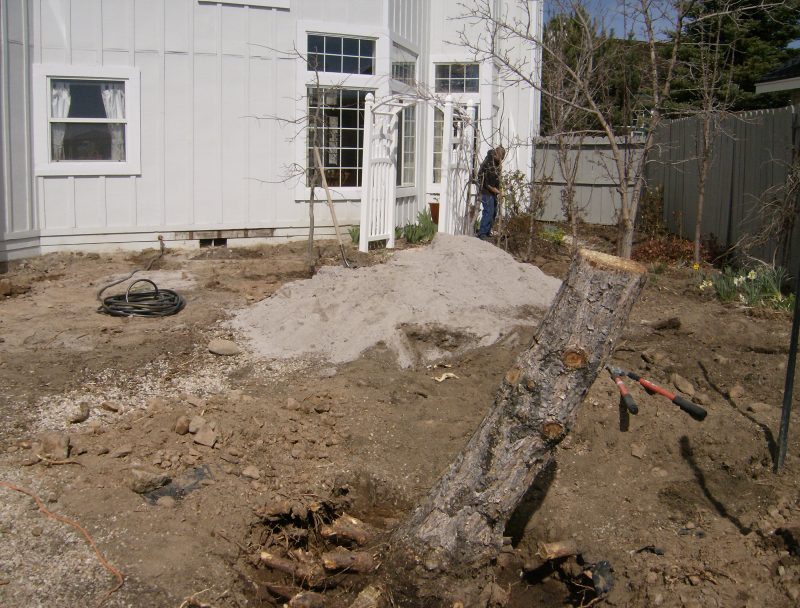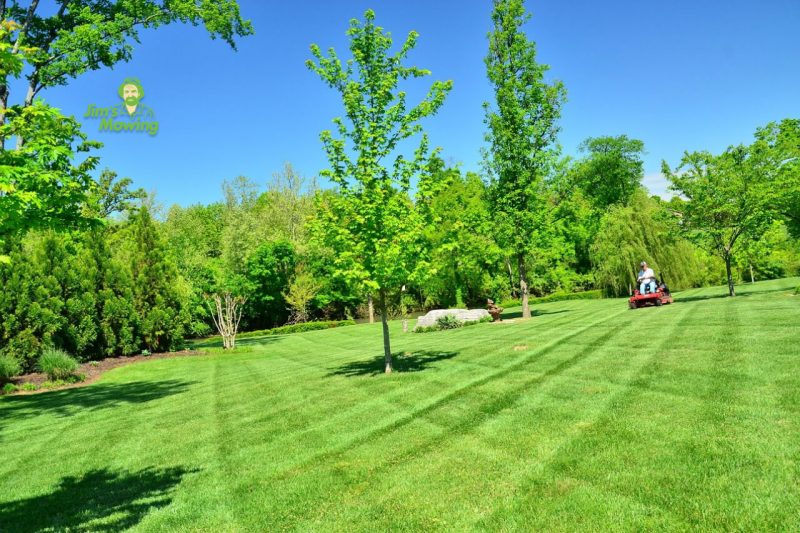How to Take a Frangipani Cutting
Frangipanis are spectacular trees. Their sweet, fragrant flowers appear from December through April, bringing a gorgeous scent to gardens all across the country. These trees are also great for offering shade. There’s nothing quite like sitting under a frangipani tree with a good book as the flowers cascade down around you!
If you love frangipanis, then you might be looking into how to take frangipani cuttings to grow your very own tree in your yard. Today, we cover the steps on how to take a frangipani cutting along with the steps for propagating a frangipani tree.

How to take a frangipani cutting
Step 1: Choose the tree you want to propagate
Maybe your friend has an absolutely stunning pink frangipani in their garden, or you envy your neighbour’s bright yellow and white tree. Before taking a cutting you should ask the owner of the tree for permission to do so. While it may be tempting to take frangipani cuttings from a tree that is on private or council property, you should avoid doing so unless you have been given direct permission.
Step 2: Pick a good time of year
When should frangipani cuttings be taken? While you can generally take a frangipani cutting at any time of the year, the best time to do so is generally in the late spring or early summer. At this time the tree may have new flower buds coming through, but it shouldn’t yet be covered in flowers.
Step 3: Use the right equipment
Frangipani cuttings should be taken using a sharp pair of secateurs. This helps to make the cut clean and avoid unnecessary damage to the stem.
Step 4: Choose the right section
Your frangipani cutting should come from an already-established tree. The section you choose to make your cutting should have plenty of older wood at the base, and be around 40cm long. Make your cutting in one quick clip, and then remove any flowers and leaves that may be on the lower part of the cutting.

Propagating a frangipani cutting
So, you’ve got your cutting. Now comes the exciting part of propagating it to hopefully grow a brand-new frangipani tree!
Step 1: Leave your cutting to rest
Once you have taken your cutting, leave it to dry out for a few weeks. You should place the cutting standing upwards, ideally in a position with full sun and good ventilation. When the stem’s base has dried out completely, you can move on to the planting.
Step 2: Pick your location
Next, choose where you would like your frangipani to grow. Frangipani trees love to grow in sunny spots and thrive in well-drained soil. Place one in your garden to provide shade for sunny areas. These trees should not be planted in frost-free locations. Alternatively, you may choose to grow your frangipani in a pot for a few years. Frangipani in pots should be re-potted as they grow larger to keep them comfortable and healthy.
Step 3: Prepare the soil
Frangipani trees grow best in well-drained and sandy soils. If you have clay-based soil or soil that tends to get bogged down, you might be better off planting your tree in a pot that has more-suited soil.
Step 4: Plant your frangipani cuttings
After leaving your frangipani cutting to dry out for a few weeks, place it into a pot with sand and wait for it to begin forming roots. Water it around once per week during this stage. Once the roots have formed, you can transplant your new tree into its more permanent location. Plant the cutting in the soil, gently place the dirt around it and tap it down to secure the plant.
Step 5: Water and care for your frangipani
Water your frangipani tree semi-regularly. In the summer, this should be around 1-2 times per week for new trees. Once a frangipani becomes established, it should be pretty good at handling drought conditions during hot summers. Frangipanis can be susceptible to rot, so keep an eye out for stems that are soft when squeezed. Avoid watering your frangipani tree during the winter to reduce the likelihood of it becoming bogged down.



